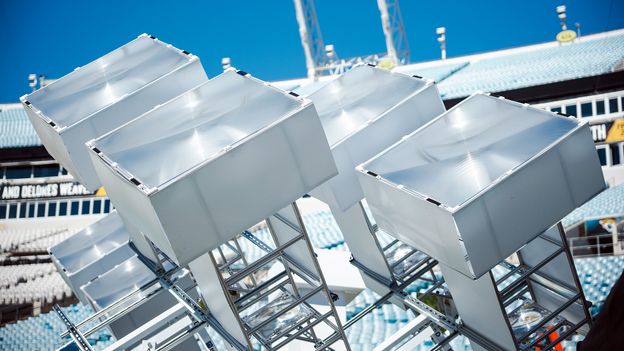
Managing hundreds or thousands of satellites stitched together, and stopping them colliding with other satellites, is a big challenge says Francesca Letizia, a space debris expert at the European Space Agency in The Netherlands. Any accidents could quickly pour cold water on the nascent industry. “Even a few events would be really detrimental,” she says.
Plus, such large constellations may not even be legal, says Hanlon. Under the Outer Space Treaty of 1967, no country is allowed to claim ownership of any parts of Earth orbit. “Does that change when we’re talking about a square-mile array?” says Hanlon. “I would think if China announced it’s going to have 4 sq miles [10 sq km] of satellites, the US is going to complain.”
Whether space-based solar power is really achievable is another question. A 2024 Nasa report said that the technology currently remains far more expensive than terrestrial renewables and was possible only with major advances in launch, manufacturing, and efficiency.
“We’re certainly in a better spot than we were 30 years ago,” says Charity Weeden, a former Nasa Associate Administrator for technology, policy and strategy, and a space policy expert. “But are we at the precipice of, like, let’s go do this?”
Karen Jones, a space economist and technology strategist at The Aerospace Corporation, a US non-profit, says international cooperation will likely be needed to make space-based solar work: “This is carbon-free energy,” she says. “Let’s hope it happens, because right now there’s a lot of distrust in space.”




